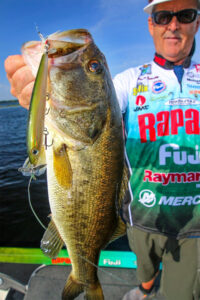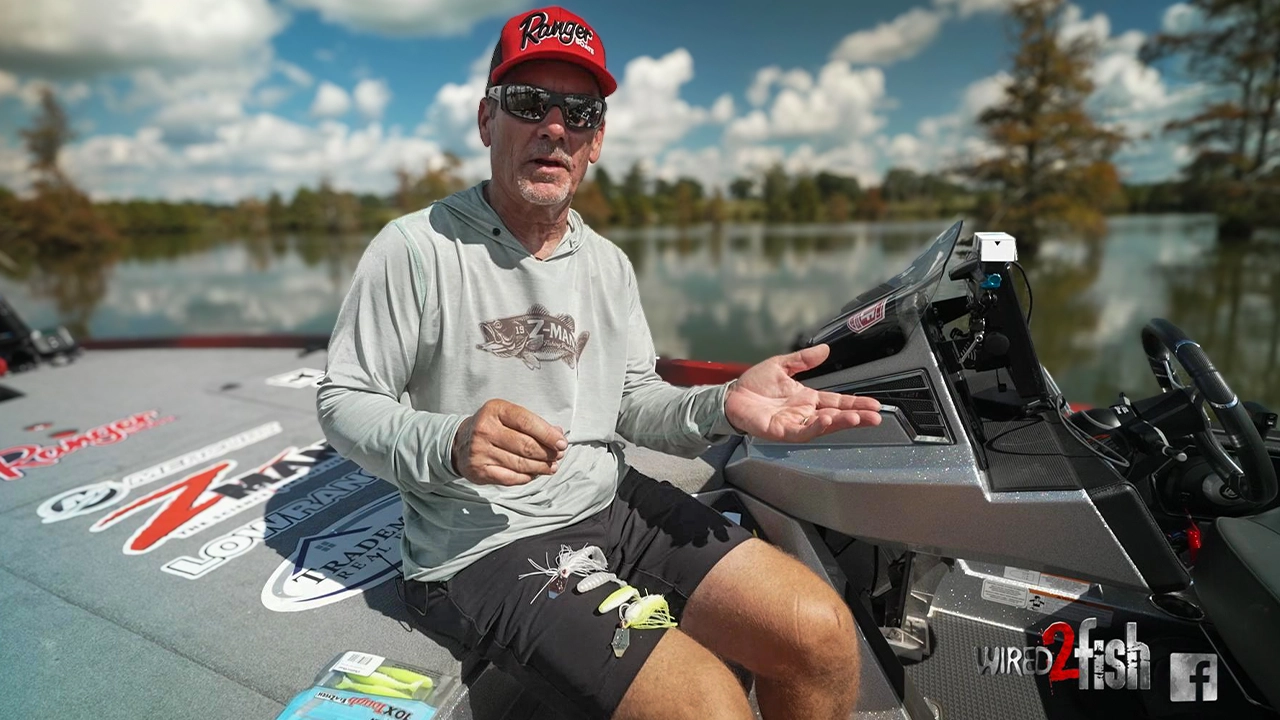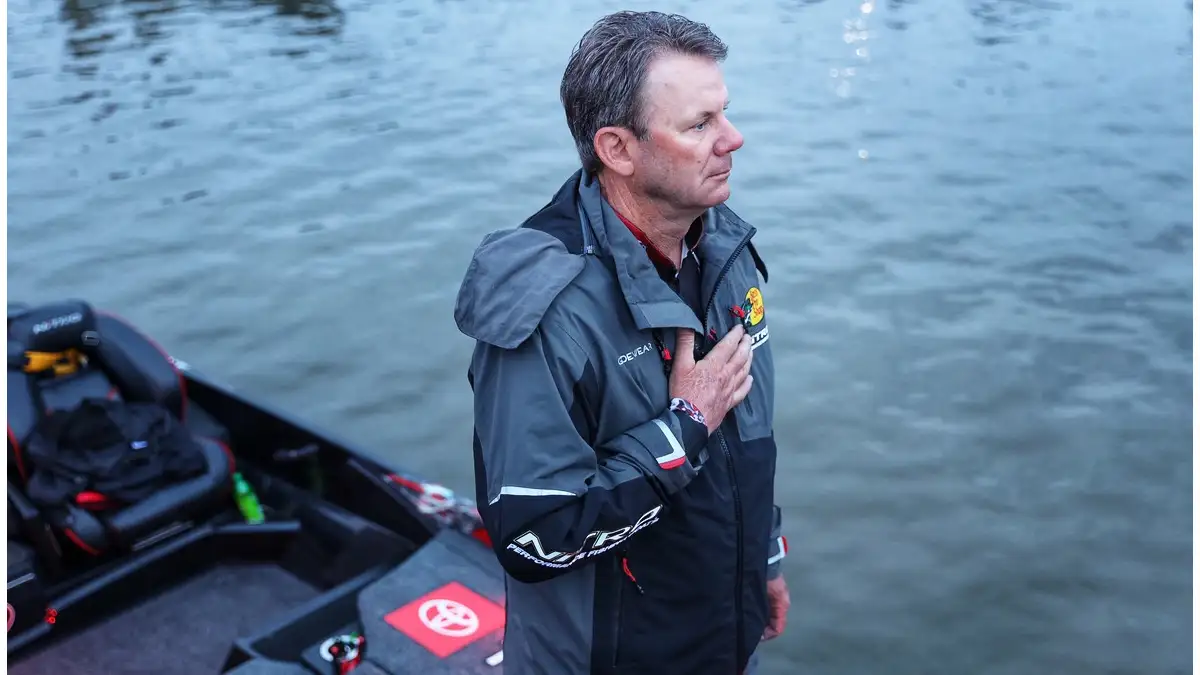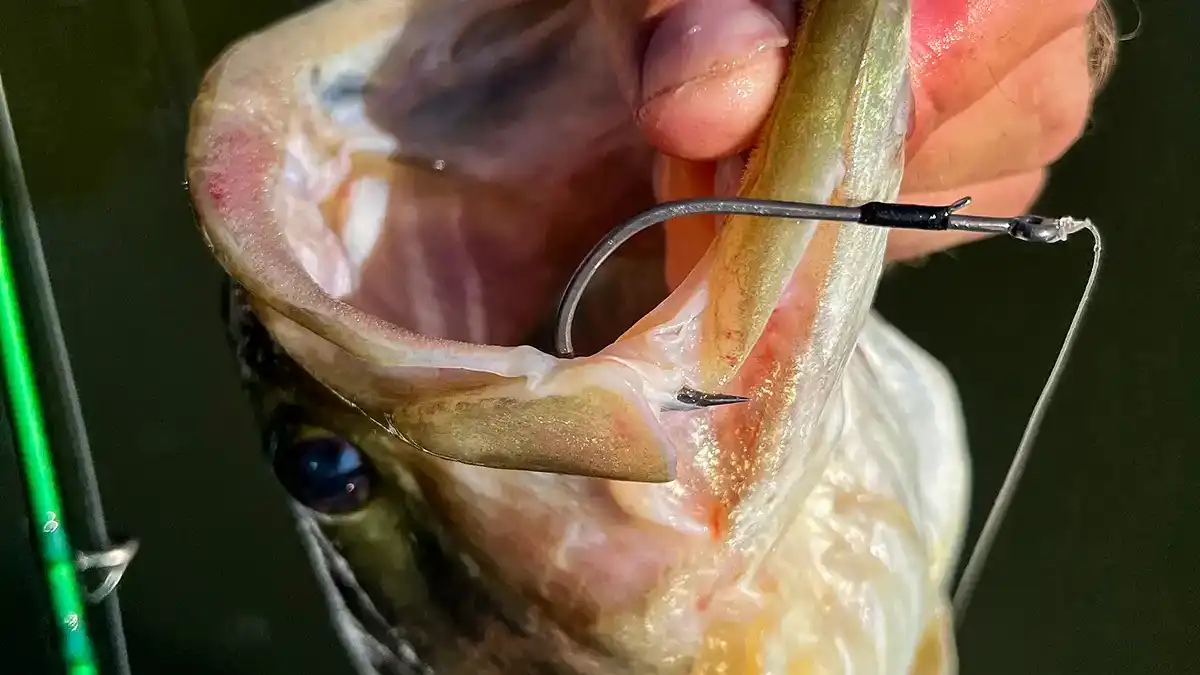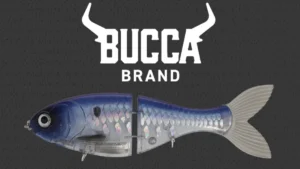Props to Bernie Schultz for sharing a few topwater tips. In fact, it’s the prop bait to which he devotes much of his modifying and tweaking when it comes to topwater fishing. Reason being, the general design of sputtering commotion fore and aft can be enhanced with simple hardware manipulation.
“Loosen the screws securing the props on your topwater plug just enough to allow the cup-washers to move freely without compromising strength,” said the Bassmaster Elite Series pro from Gainesville, Fla. “If the cup-washer is stuck to the clear coat on the lure body, pop it free. Loose hardware will create a very desirable chattering sound when the blades are turning.”
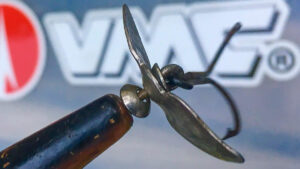
Schultz said he learned the value of adding extra sound in his prop baits from some of his early topwater mentors. This insight allowed him to assist with the design of the Rapala X-Rap Prop, which comes with loose hardware just for this purpose.
“I still use old wooden topwater plugs, but only as a backup when I want a larger profile or more noise,” Schultz said. “When I do, I loosen the hardware for the desired sound.”
Schultz suggests another modification intended to maximize all the bites that rattling hardware will draw: Replace standard hooks with round bend trebles — he likes the VMC in-line round-bend hooks.
“I feel round-bend trebles offer more bite and an increased hooking percentage,” Schultz said. “On some baits, I prefer short shank models, others longer shanks. Much of that depends on buoyancy.
“Remember that hook size is critical on some topwaters, usually plastic molded models, because buoyancy is touchy. There are different weights for like-sized hooks, depending on the material. So it’s possible to upsize your hooks, as long as it doesn’t impede the action of the lure.”
Lastly, Schultz is picky on his line connection. Prop baits depend on linear motion to spin those noise-makers, so a loosely dancing lure minimizes its very purpose.
“I use a double-improved clinch knot because it stays snug to the line tie,” Schultz said. “I don’t want the knot moving on a prop bait which is unlike a popper or walking bait that I want to dance in place.”
MORE ON PROP BAITS
A Weedless Approach to Prop Baits



